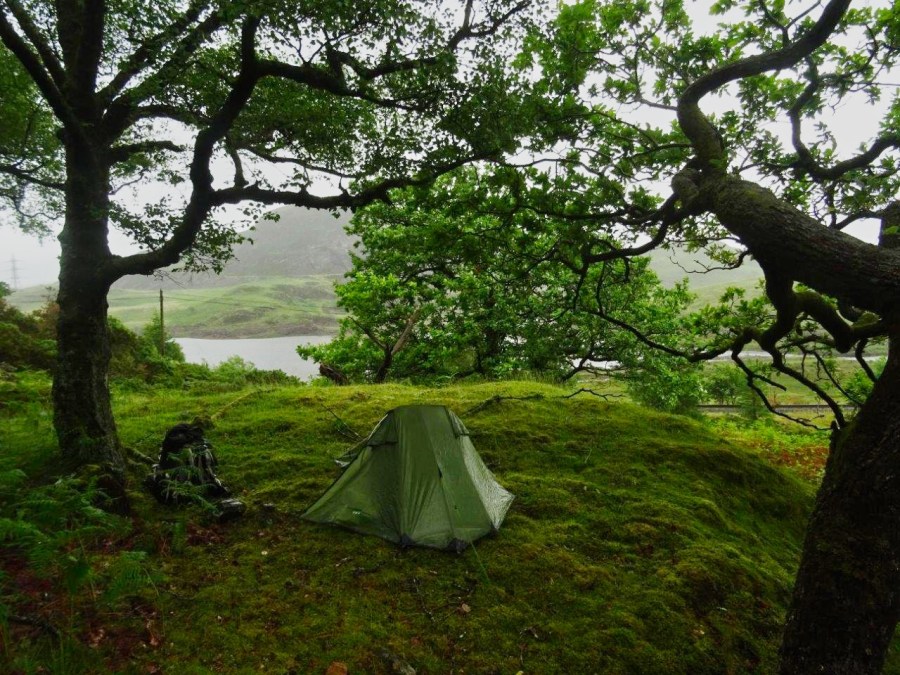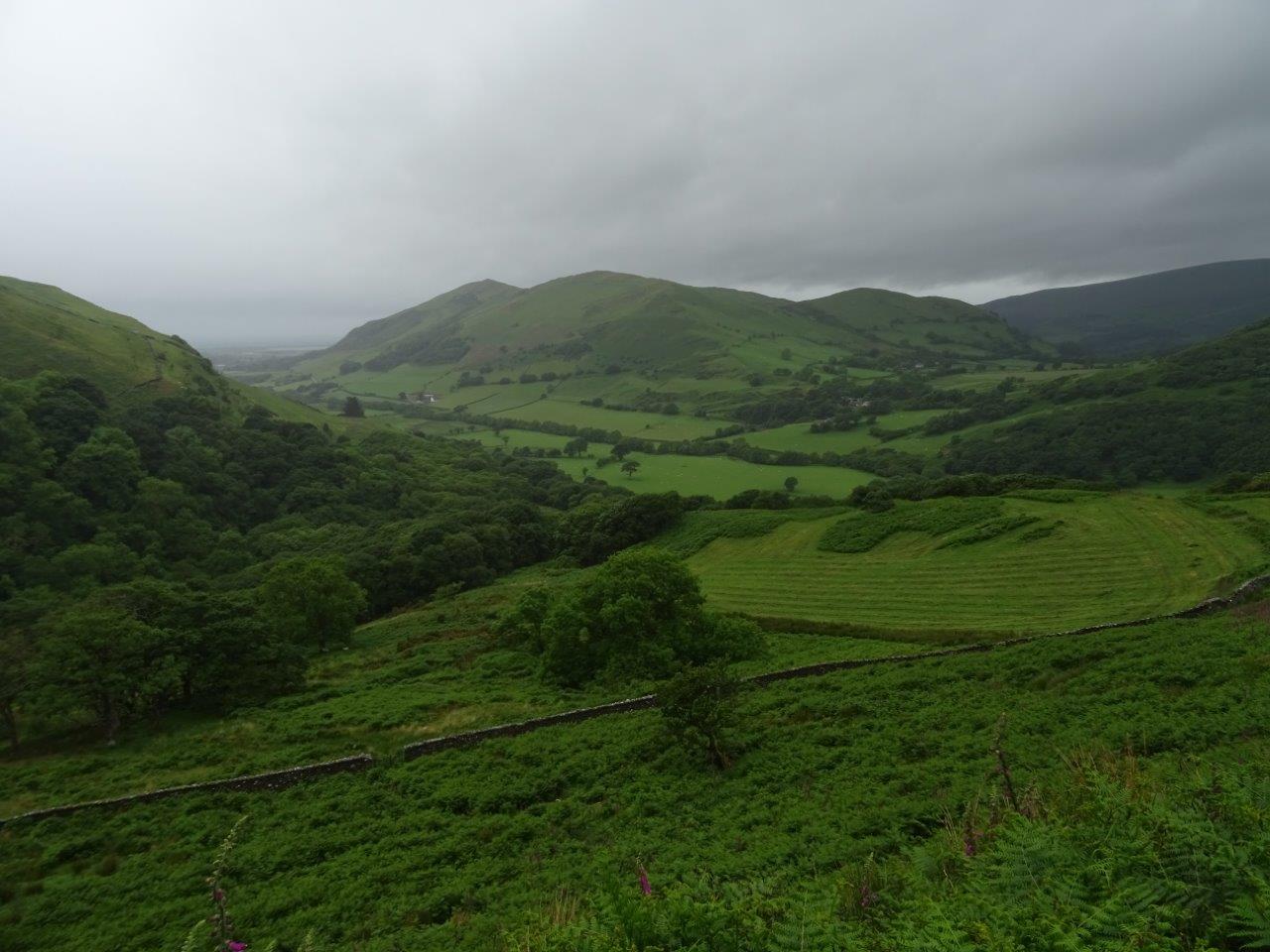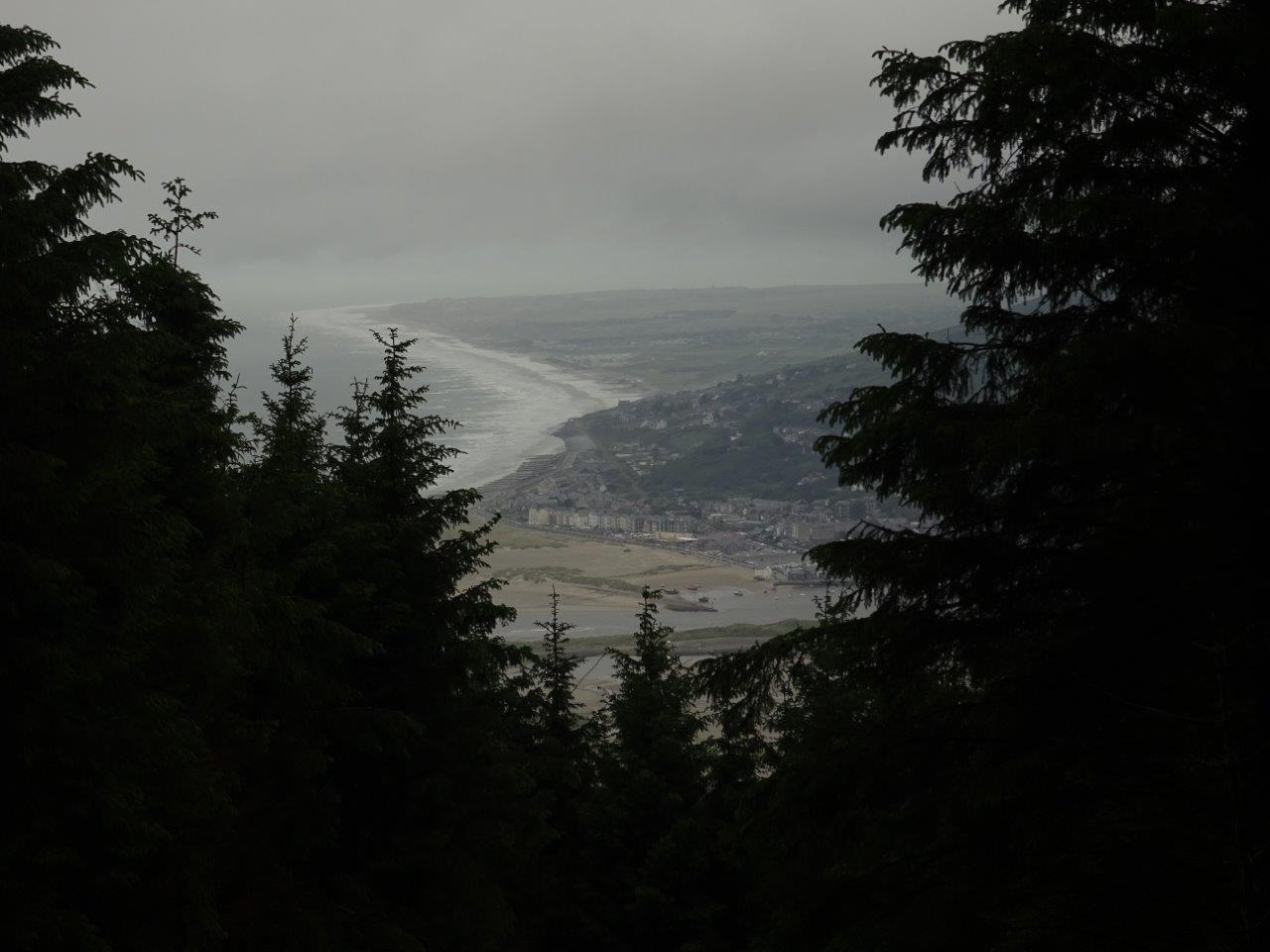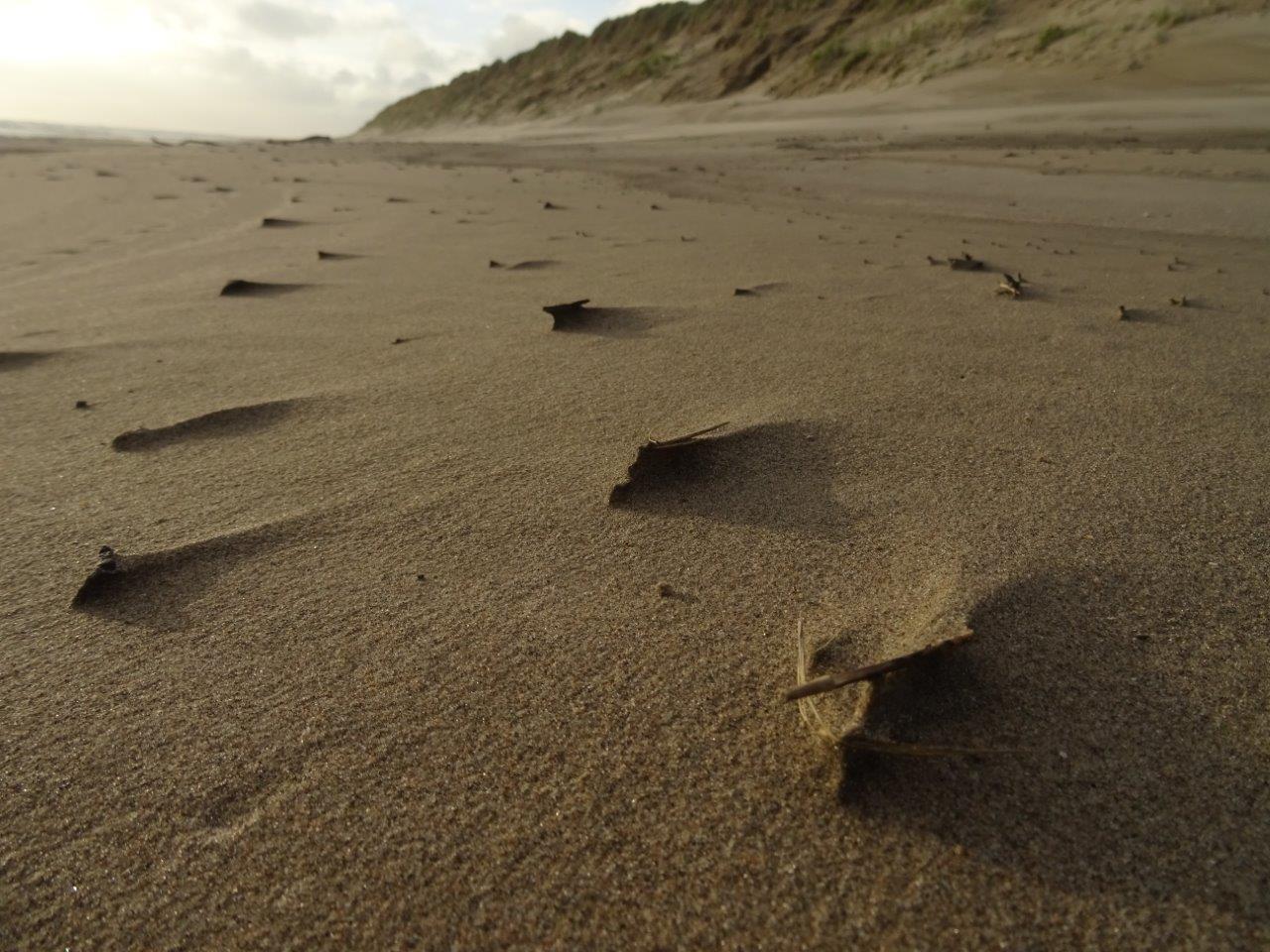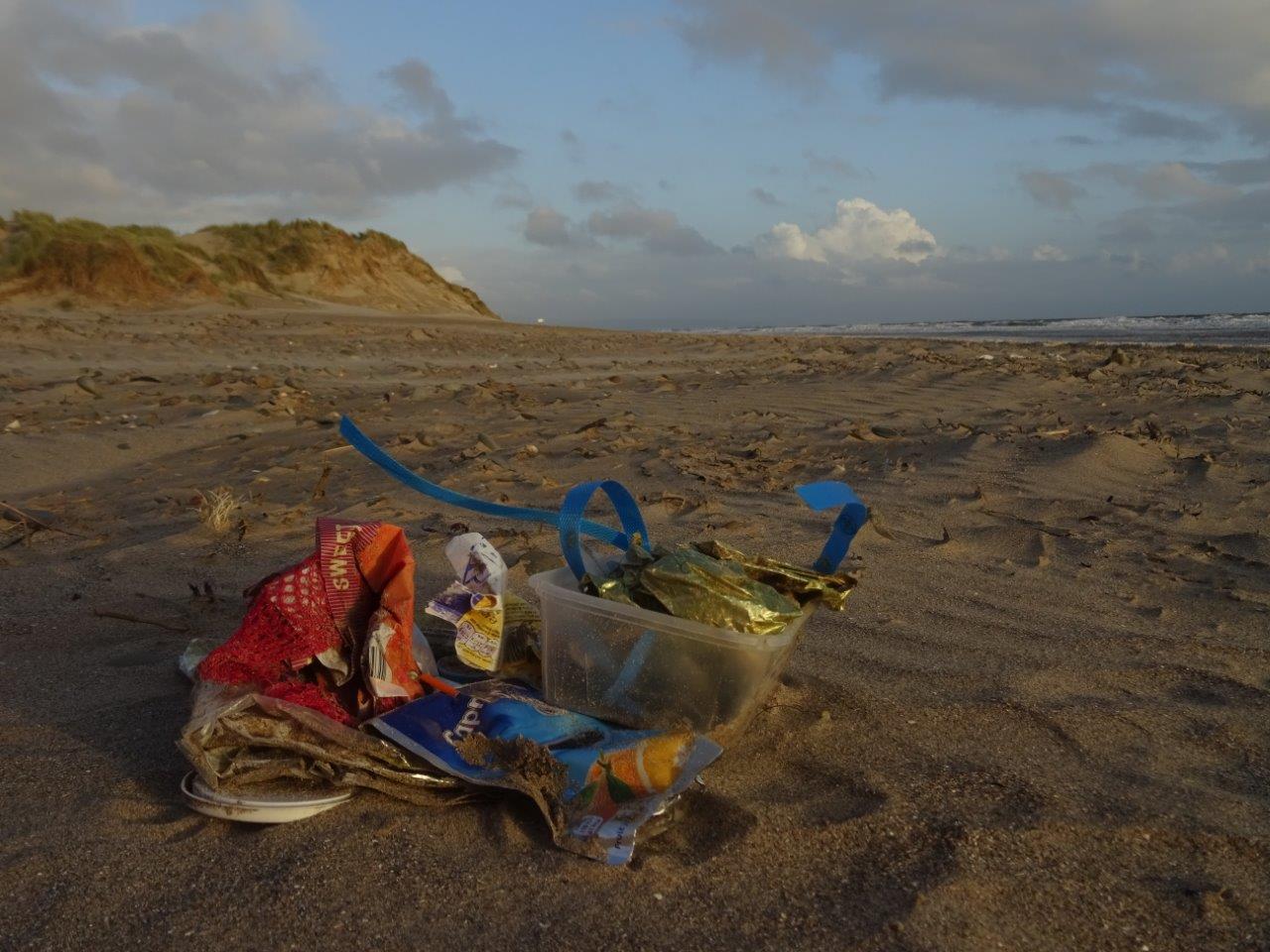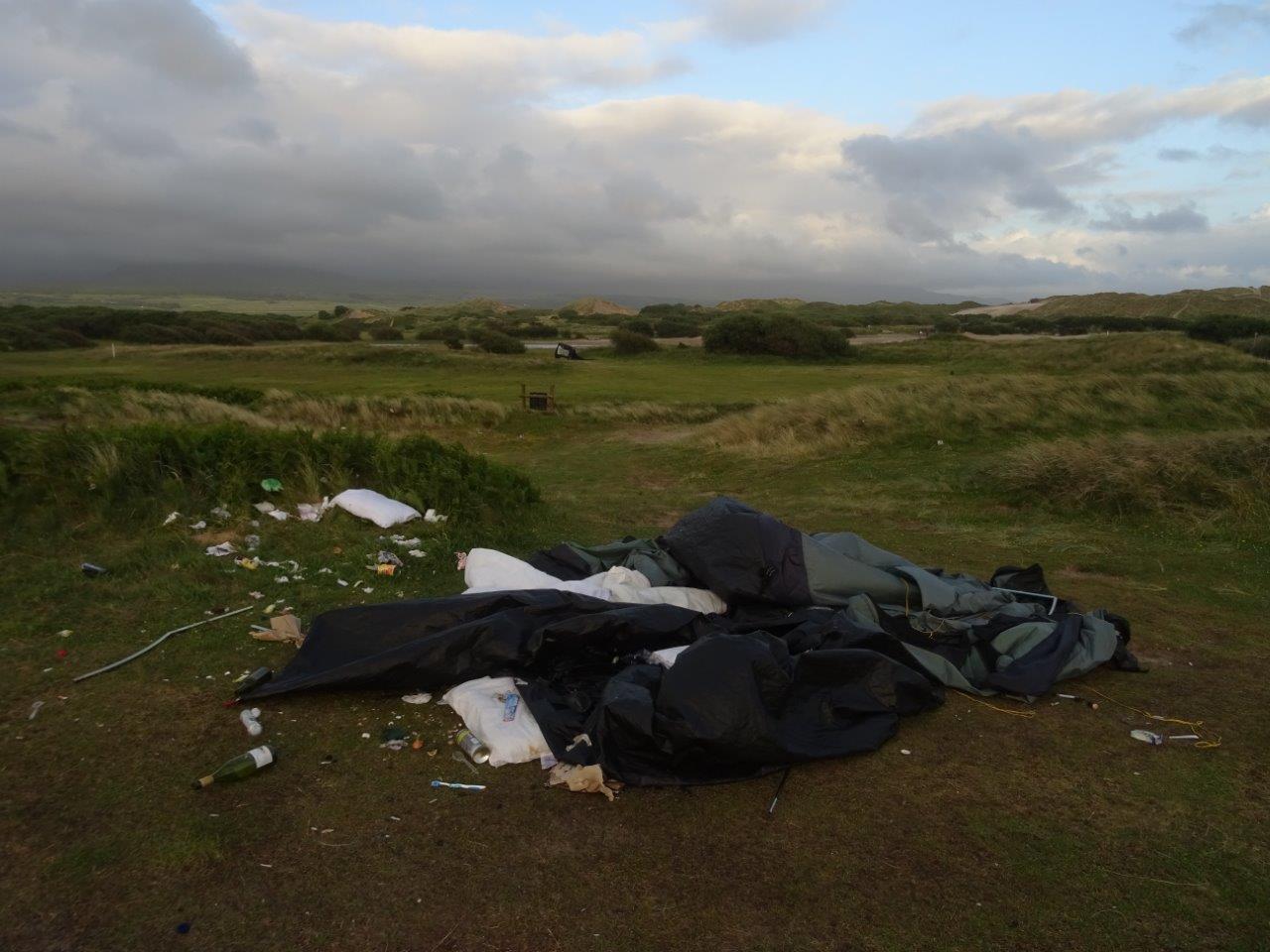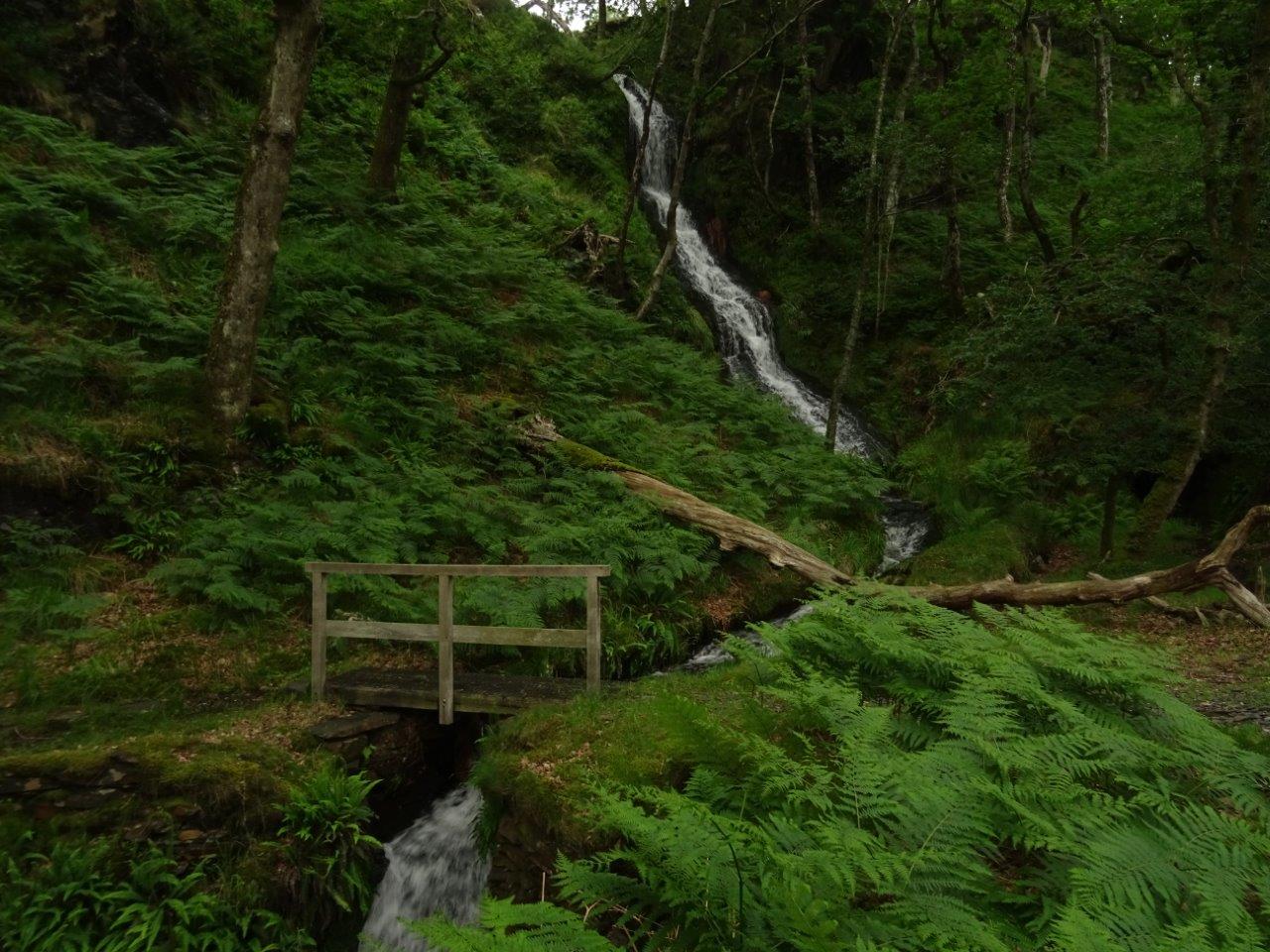The quiet hills south of Cadair Idris are little visited, but for writer James Urquhart they have special significance…
In the June 2018 issue of The Great Outdoors, James Urquhart spends a poignant week backpacking through this unfrequented part of Snowdonia to celebrate family past, present and future.
In this online piece to accompany the feature in print, James Urquhart shares a selection of additional images – along with maps depicting his route.
By James Urquhart
I had visited The Cairn several times before. In fact, it was the first hill walk that I ever did. On holiday in Wales at eight years old, my mother took me, my brother and her best friend, on a warm summer’s day following a sketch map drawn by my grandfather. I often wonder if this short day trip planted the seed that grew into my love of long-distance walking in wild places in adulthood. Yet despite having walked all over my native Scotland, Tarren Cwm-ffernol had remained the only hill in Wales I’d been to. I wanted to see more, but not forgetting it, I wanted to return to there too. I hadn’t been back since a beautiful yet sombre snow-covered December day in 2009, when at her request I released my mum’s ashes after cancer swiftly took her.
So when I discovered that I’d be travelling near Wales from my home in Scotland for a wedding in June, I grabbed the chance to follow it with a week-long wild camping trip through Snowdonia. This time I would take a longer route to the hill, potentially camp there among the stones, before finally going beyond it for the first time to discover more of the Snowdonia that my grandfather knew so well. It would be a week-long pilgrimage of sorts, both looking back to origins and ahead towards fresh ground. Quite apt really – this was to be my last long walk before a new generation arrived. In four months I would be a dad.
I started in Borth where my grandparents settled in retirement. Returning to this place of childhood memories after so long was pleasantly surreal, and I spent the first evening camped by the sea and dunes of Ynyslas where I remembered picnics, swimming and sandcastle-building with my brother Jonathan. The next day I ambled down the long beach among the remains of a prehistoric forest that are visible at low tide, through the town and up to the cliff-top war memorial that overlooks Borth – always out of bounds for me because I was “too small” for the exposed path near the cliff edge. Up there I sat, bathed in warm light with a clear view of the coastal stretch I had just walked and the Tarrens to come, The Cairn a discernable pinprick. Then the sudden exhilaration of glimpsing a large bird gliding past below me before it reappeared soaring above the cliff – a red kite.
Memories and filming stole the day. (I’d brought my video camera to document the trip for my brother.) So it was evening by the time I left Borth, following a sign for the Wales Coastal Path over the train tracks that brought me here. I arrived at a church whose perimeter fence featured a curious array of poignant headstones for the deceased pets of Borth. A waymarker then sent me off-road through the wild flat expanse of the Cors Fochno peat mire. The Cairn watched over me from afar while the path danced with birds and golden light.
The full feature can be read in the June 2018 issue of The Great Outdoors.
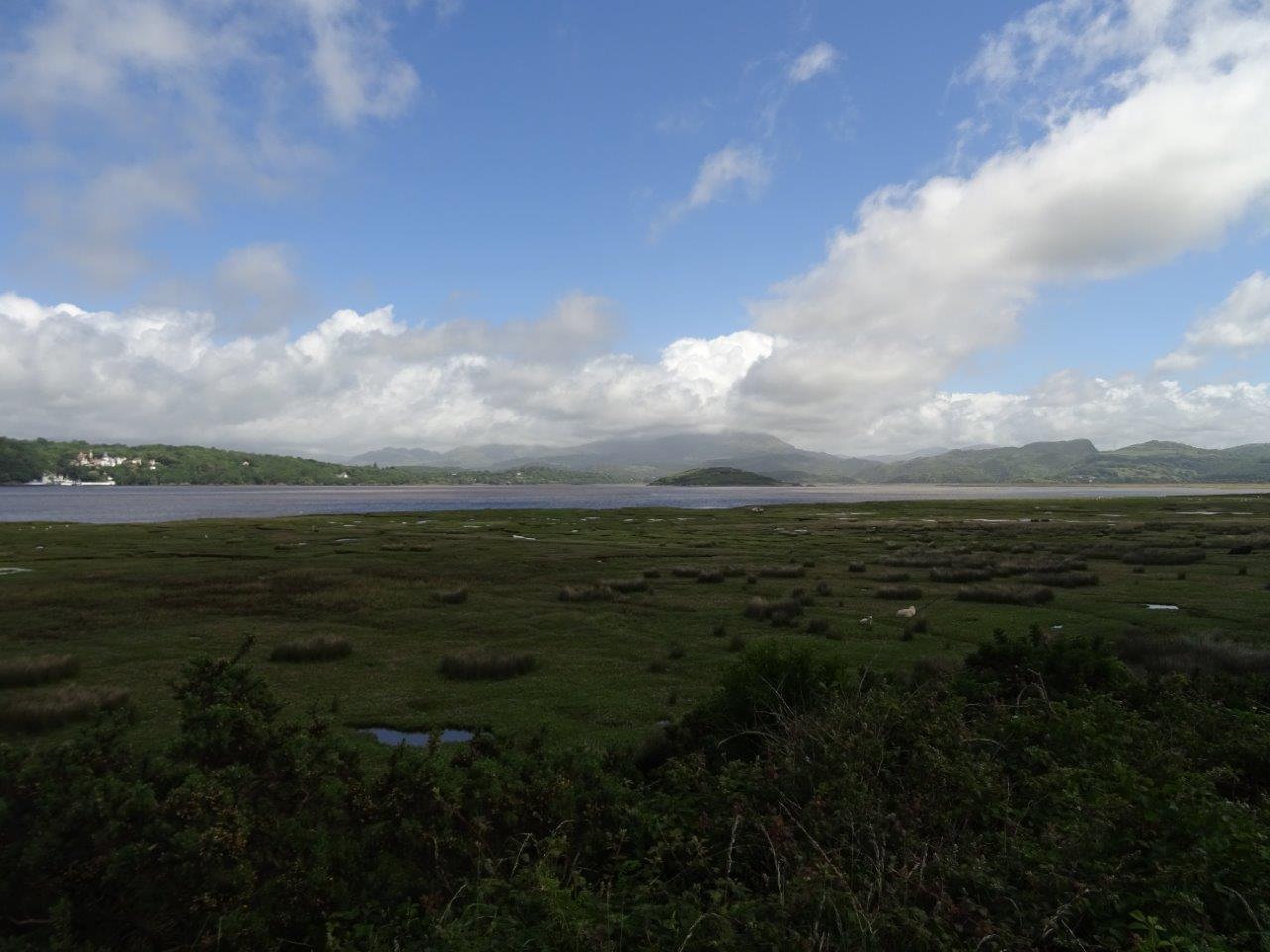
Looking across Traeth Bach estuary to Portmeirion (left) and where the Wales Coast Path optionally goes inland (right)

